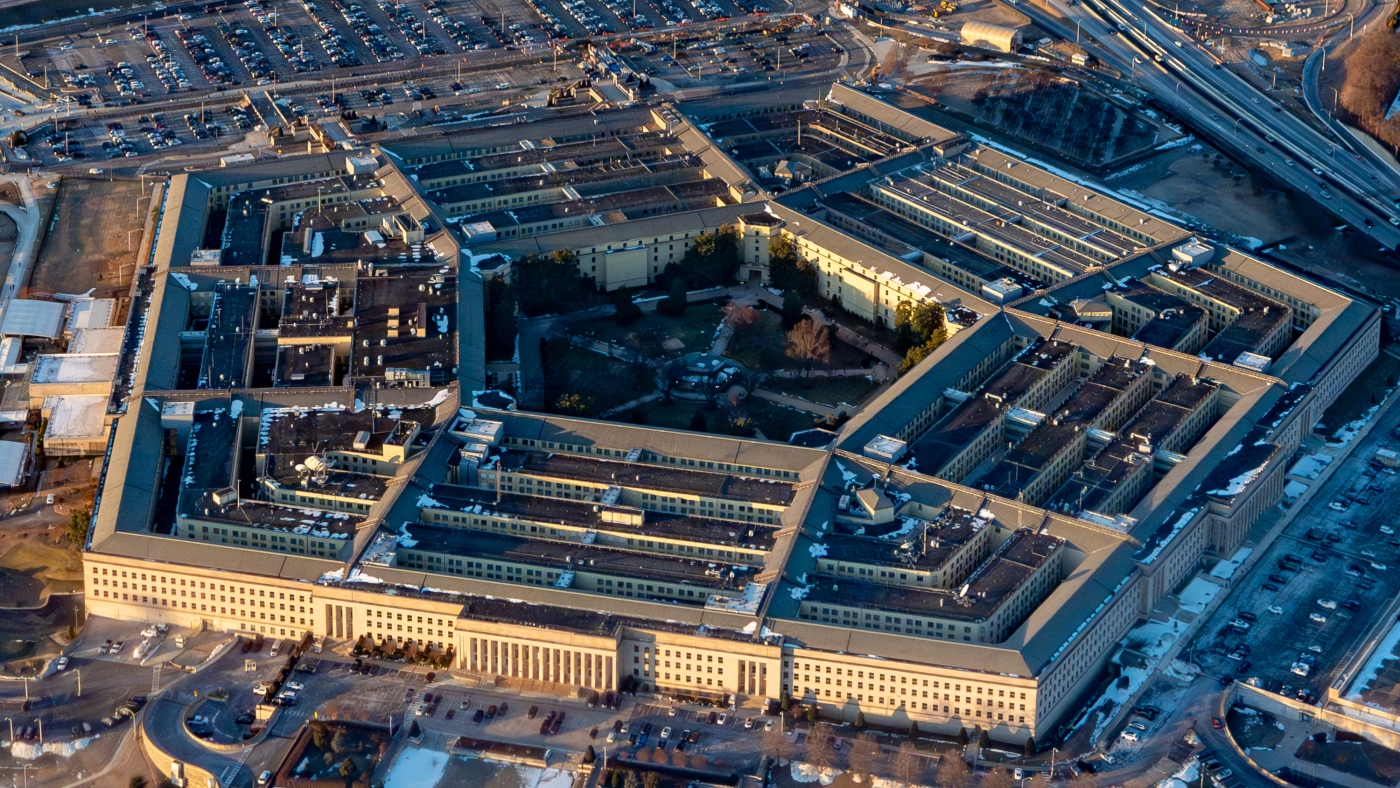Now Reading: Hegseth says he’s a change agent at DoD. But details are scarce
-
01
Hegseth says he’s a change agent at DoD. But details are scarce
Hegseth says he’s a change agent at DoD. But details are scarce

The Pentagon in Arlington, Va., was captured in an aerial view. Defense Secretary Pete Hegseth has revealed plans to reduce the number of senior admirals and generals and to restructure the Army to focus on homeland defense and deterring China. However, the specifics of these efforts are lacking, with only a commitment to eliminating redundant military structures and streamlining leadership by reducing the number of senior officers. The Army will be getting rid of outdated programs and increasing investments in long-range missiles, missile defense, cyber, electronic warfare, and counter-space capabilities.
Hegseth has instructed the Pentagon to decrease the number of four-star admirals and generals by at least 20%, along with cutting the number of general officers in the National Guard by the same percentage. Currently, there are over 800 active duty generals and admirals, a figure that has risen over the past five decades. The Congressional Research Service reported a 31% increase in the number of generals and admirals from 1965 to 2023.
There are concerns that the reduction of senior officers may become a partisan test to remove individuals deemed disloyal or appointed based on race or gender. Senator Jack Reed has expressed skepticism about the rationale behind these plans and emphasized the importance of basing personnel decisions on facts and analysis rather than arbitrary percentages.
In a separate directive, Hegseth has called for a comprehensive transformation strategy for the Army, focusing on modernization, efficiency, and rebuilding the force. This plan includes fielding long-range missiles by 2027, deploying drones in every division by the end of 2026, and discarding outdated equipment. The Army is also looking to address the threat posed by enemy drones and enhance its capabilities in response.
The Army’s restructuring plan aims to divest outdated formations, including armor and aviation units, in both the active force and the Guard and Reserve. Once specific units are identified for divestment, it is expected to face opposition from lawmakers who value having these units in their respective states.






